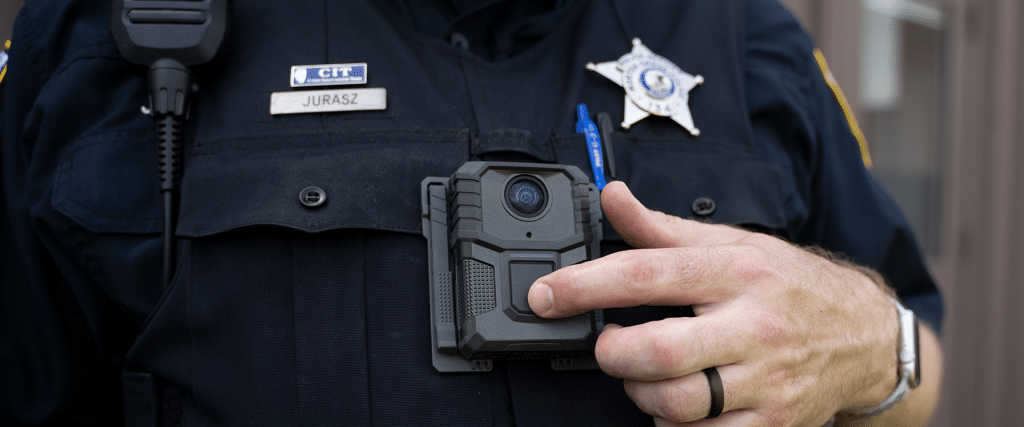
The evolution of Motorola body-worn cameras showcases how technology has advanced to improve officer safety, evidence management, and operational efficiency. From the early days of basic recording devices to the modern VB400 body-worn cameras, Motorola has consistently pushed the boundaries of innovation. These body cameras have become essential tools in the security industry, offering reliable performance and seamless integration into existing systems.
In Canada, Motorola’s body-worn cameras are widely used by security personnel and law enforcement agencies. With features like high-quality video and audio, real-time live video streaming, and extended battery life, these devices ensure that critical data is always accessible. Motorola Solutions continues to enhance its body-worn camera technology, providing advanced tools that meet the growing demands of modern security operations.
The Early Days: When Were Body Cameras Invented?
The history of body-worn cameras dates back to the early 2000s when concerns about police accountability and the need for objective evidence prompted their development. Early body-worn camera models were bulky and had limited functionality, making them difficult to use consistently in the field. Despite these challenges, the initial purpose of these devices was clear – to provide an unbiased record of interactions between law enforcement and the public, thereby increasing officer safety and ensuring transparency.
As technology advanced, Motorola body cameras emerged as industry leaders, offering innovative solutions that could integrate seamlessly into law enforcement operations. In Canada, the adoption of body camera technology grew as agencies recognized the value of these tools in improving public trust and enhancing evidence collection. The early days laid the foundation for modern body-worn camera Canada solutions that continue to evolve and improve.
The Inception of Body Cameras
Motorola's Entry into the Body Camera Market
Motorola, known for its innovative communication solutions, recognized the potential of body-worn cameras to enhance public safety and police accountability. The company began developing its line of body cameras, integrating cutting-edge technology to address the shortcomings of earlier models. Motorola’s entry into the market was a game-changer, setting new standards for performance and reliability.
Advancements in Camera Technology
The Benefits of Police Body Cameras
Enhancing Transparency and Accountability
Why Are Body Cameras Important?
Promoting Justice and Accountability
The Future of Body-Worn Cameras
Innovations on the Horizon
Future innovations in body-worn cameras may include features such as facial recognition, artificial intelligence, and improved connectivity. These advancements will make it easier for officers to capture and analyze footage, providing even greater support for their duties.
Additionally, improvements in data security will ensure that the sensitive information recorded by body cameras is protected from unauthorized access.
Learn More About the Evolution of Motorola Body-Worn Cameras
The evolution of Motorola body-worn cameras highlights the technological advancements that have transformed law enforcement by improving transparency, accountability, and officer safety. From early designs to modern, reliable models, these cameras have become essential tools for law enforcement and security personnel across Canada. As innovation continues, Motorola remains committed to delivering solutions that support the evolving needs of the security industry.
For more information on the latest Motorola body cameras and how they can benefit your organization, contact Tridon Communications today. Our team is ready to help you find the right body-worn camera solutions for your needs.
